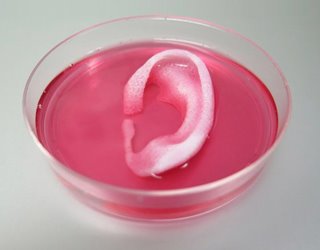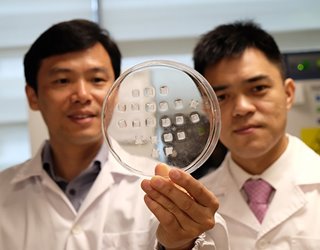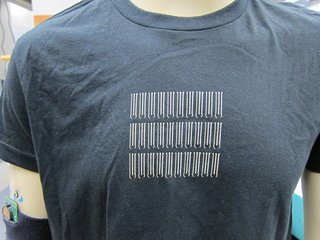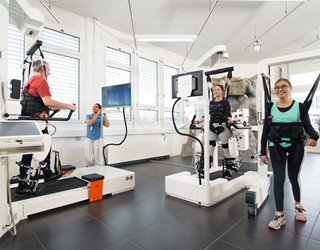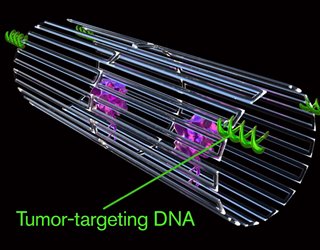Top 10 Bioengineering Trends for the 2020s
Top 10 Bioengineering Trends for the 2020s
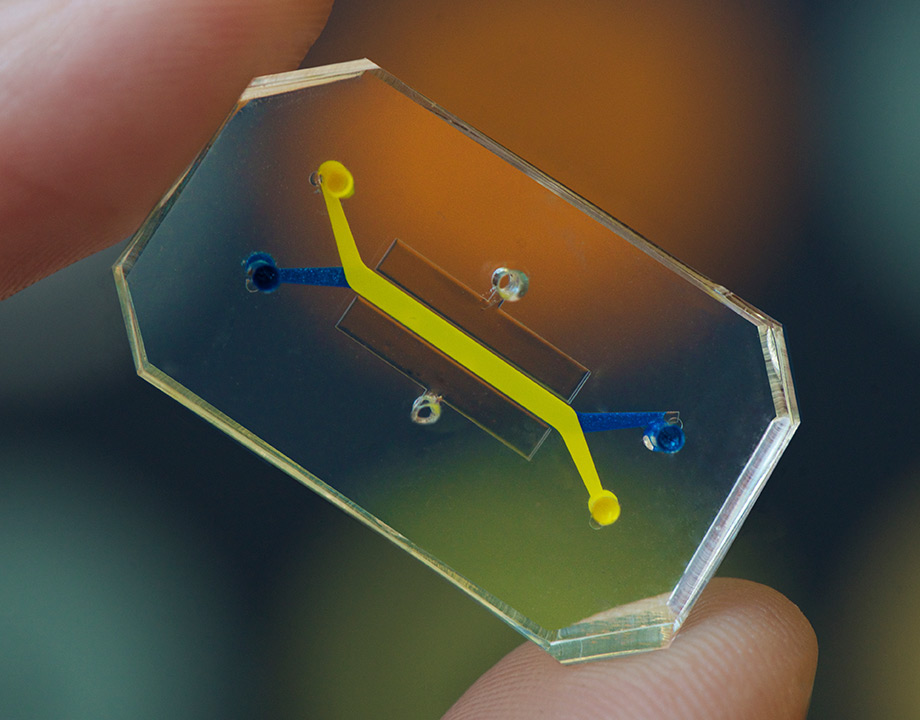

Human organs-on-chips are used to develop personalized medicine. Photo: Wyss Institute
This story was updated on 10/14/2022.
Biomedical engineering is a rapidly evolving, cross-disciplinary field that involves medicine, biology, chemistry, engineering, nanotechnology, and computer science. Bioengineers are at the forefront of scientific discovery, creating innovative medical devices, vaccines, disease management products, robots, and algorithms that improve human health around the world.
Below are ten of the hottest bioengineering R&D trends happening this decade.
1. Tissue Engineering
Living tissue can be made from biologically active cells, which are deposited on biodegradable scaffolds in controlled conditions. A popular deposition method is bioprinting—a process very similar to 3D printing, but that uses “bioinks” consisting of human cells instead of plastic.
The cells are printed in thin layers that accumulate into living tissue or body parts that can be implanted. Researchers at the Wake Forest Institute for Regenerative Medicine have used a special 3D printer to create tissues that thrive when implanted in rodents.
2. Transdermal Patches
Transdermal patches have come a long way since their use as a method of breaking nicotine addiction. Improvements in the structure, materials, and delivery mechanisms have enabled a greater variety of applications.
For example, scientists at Nanyang Technological University in Singapore have created a transdermal patch filled with drugs that help fight obesity. Instead of being taken orally or through injection, these compounds are released through hundreds of biodegradable microneedles in the patch that barely penetrate the skin. As the needles dissolve, the drugs are slowly released into the body.
3. Wearable Devices
Sensors, wires, and electronics that are flexible, waterproof, and stretchable can be 3D-printed or woven into the fabric. Wearable technologies are becoming more multifunctional and can monitor multiple health parameters, such as pulse rate and blood pressure, which can also be transmitted in real-time to a medical facility.
Find Out More in the Infographic: What Is Bioengineering?
Smart clothing controls body temperatures by using special polymers and humidity-responsive vents that open when needed. It has been proposed that individualized temperature control through clothing could reduce a building’s heating and cooling costs by up to 15 percent.
4. Robotic Surgeons and Rehabilitation
Robot manufacturers are making multifunctional robots to assist surgeons in the operating room. Driven by input from doctors, these robotic devices help them manipulate instruments with high precision in ways they could not do alone. This is especially true for minimally invasive surgeries.
Robots are also extremely helpful to people who have suffered strokes or brain injuries when it comes to relearning motor tasks. For example, the Lokomat is a gait training system that uses a robotic exoskeleton and a treadmill to help patients regain basic walking functions. It also allows the therapist to control the walking speed and how much support the robotic legs give to the patient.
5. Nanorobots
Researchers are hard at work designing nano-sized robots that are small enough to enter the bloodstream and perform certain tasks, such as killing cancer cells.
Nanorobot designs include DNA-based structures containing cancer-fighting drugs that bind only with a specific protein found on cancer tumors. After attachment, the robot releases its drug into the tumor.
By delivering the pharmaceutical agents exactly where they are needed, the body is not overloaded with toxicity and the side effects are fewer or less intense, improving the patient experience.
6. Virtual Reality
Virtual reality, or VR, is an especially valuable tool in the medical field because of how it can present the data taken from 3D medical images in incredibly detailed views of a patient’s body, or area of medical concern—for example, the cardiovascular system.
Related Video: How Does a Robotic Cane Work?
The model can be examined from all angles and points of interest in order to determine the best way to perform a procedure. Surgeons can even practice a complex procedure multiple times before performing it.
VR is also a critical teaching tool—medical students, for example, can perform virtual dissections instead of using cadavers.
7. Microbubbles
Researchers continue to look for new ways to selectively deliver drugs to specific target areas, thereby avoiding damage to healthy cells and tissue. One unique approach is microbubbles, which are very tiny, micron-sized particles filled with gas.
“Microbubbles loaded with drugs can be injected into the body, and they will distribute everywhere, but I can then disrupt the microbubbles by an ultrasound beam and the drug will be delivered specifically where the drug is needed,” said Beata Chertok, Assistant Professor of Pharmaceutical Sciences and Biomedical Engineering at the University of Michigan. Microbubbles can also be treated with a substance that will make them adhere to tumors without the need for ultrasound.
8. Prime Editing
This new gene-editing technique builds on the successes of base editing and CRISPR-Cas9 technology. Prime editing rewrites DNA by only cutting a single strand to add, remove, or replace base pairs. This method allows researchers to edit more types of genetic mutations than existing genome-editing approaches, including CRISPR-Cas9.
Further Reading: CRISPR Tech to Detect Ebola
To date, the method has only been tested with human and mouse cells.
“Potential impacts include being able to directly correct a much larger fraction of the mutations that cause genetic diseases and being able to introduce DNA changes into crops that result in healthier or more sustainable foods,” said David Liu, director of the Merkin Institute for Transformative Technologies in Healthcare at the Broad Institute of Harvard and MIT.
9. Organ-on-a-Chip
Chip technologies allow the construction of microscale models that simulate human physiology outside of the body. Organs-on-chips are used to study the behavior of tissues and organs in tiny—but fully functional—sample sizes to better understand tissue behavior, disease progression, and pharmaceutical interactions.
For example, inflammation processes can be studied to determine how inflammation is triggered and its value as an early-warning indicator for underlying medical conditions, including autoimmune responses. Other physiological processes studied on chips include thrombosis, mechanical loading on joints, and aging.
10. Mini Bioreactors
Bioreactors are systems that support biologically active organisms and their by-products. Smaller bioreactors are easier to manage and require lesser sample volumes. Advances in microfluidic fabrication capabilities now make it possible to design microscale bioreactors that can incorporate enzymes or other biocatalysts, as well as precision extraction systems, to produce highly pure products.
These systems provide economic high-throughput screening, using only small amounts of reagents, compared to conventional bench-scale reactors. As 3D printing becomes more refined, it should be possible to manufacture miniature bioreactors with more unusual flow paths or specially designed culture chambers.
Future Trends
Miniaturization, material innovations, personalized medicine, and additive manufacturing are key engineering trends that biomedical researchers are eager to incorporate into their designs. These technologies, in fact, open up a vast array of new design options that were not possible using conventional manufacturing methods.
These R&D advances are also happening at an ever-increasing rate—bioengineers must keep pace with disruptive technology and innovations to make the best products and maintain or boost their market share and brand reputation.
Mark Crawford is a technology writer based in Corrales, N.M.


